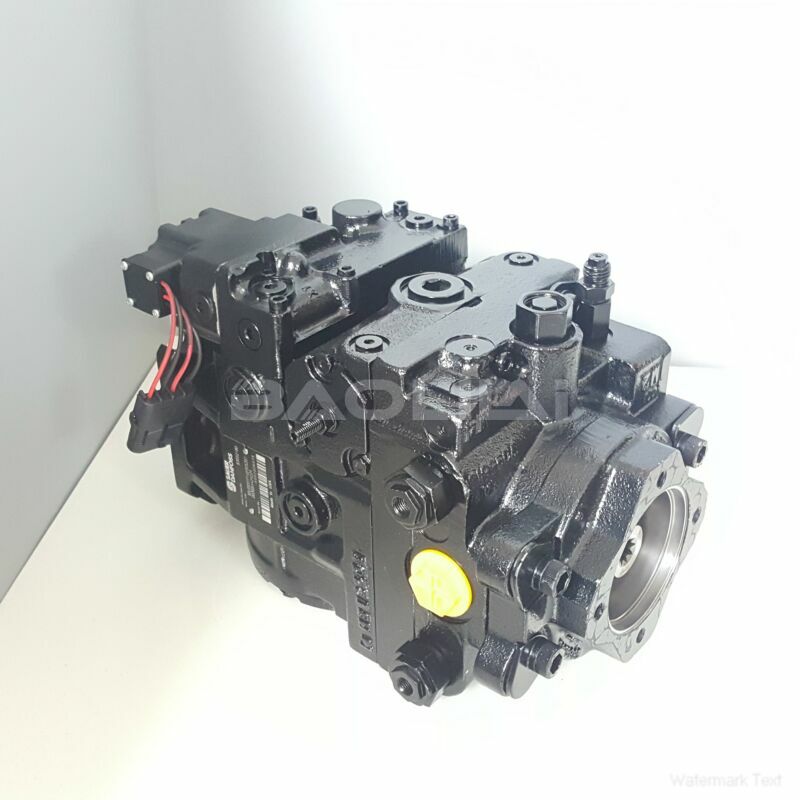90L100KP1BC60R4F1E03GBA353524 hydraulic pump
90L100KP1BC60R4F1E03GBA353524 hydraulic pump

- Product Details
- Applicable Scene
In the oil and gas industry, maintaining production levels and optimizing recovery rates are paramount. One of the crucial processes involved in enhancing oil production is water injection, a method that involves the pumping of water into oil reservoirs to maintain pressure and facilitate the flow of oil towards the production wells. Among the various technologies employed in this process, plunger pumps have emerged as a vital component, significantly enhancing the efficiency and effectiveness of water injection systems.
90-L-100-KP-1-BC-60-R-4-F1-E-03-GBA-35-35-24
90L100KP1BC60R4F1E03GBA353524
Plunger pumps are positive displacement pumps that use a plunger mechanism to create a vacuum and push fluid through the pump system. This design offers several advantages that are particularly beneficial for oilfield water injection applications.

83005045
Firstly, plunger pumps are known for their high efficiency and reliability. The pumping action is consistent, and the ability to handle varying viscosities of water makes them suitable for oilfield operations where water properties can change. These pumps can maintain a steady flow rate, which is essential for effective water injection, ensuring that the reservoir receives a consistent amount of water to maintain pressure.
Secondly, plunger pumps are capable of handling abrasive fluids. In many oilfields, the water used for injection contains particulate matter and other contaminants. Plunger pumps are designed to withstand such harsh conditions, reducing wear and tear on components, and leading to lower maintenance costs and downtime. This durability enhances the overall reliability of water injection systems, enabling continuous operation and improved production rates.
Another significant advantage of plunger pumps is their ability to operate at high pressures. In oilfields, maintaining reservoir pressure is crucial for oil recovery. Plunger pumps can generate and sustain high-pressure outputs, allowing them to effectively inject water into deep and high-pressure reservoirs. This capability is essential for optimizing production rates in mature fields where pressure has declined over time.





